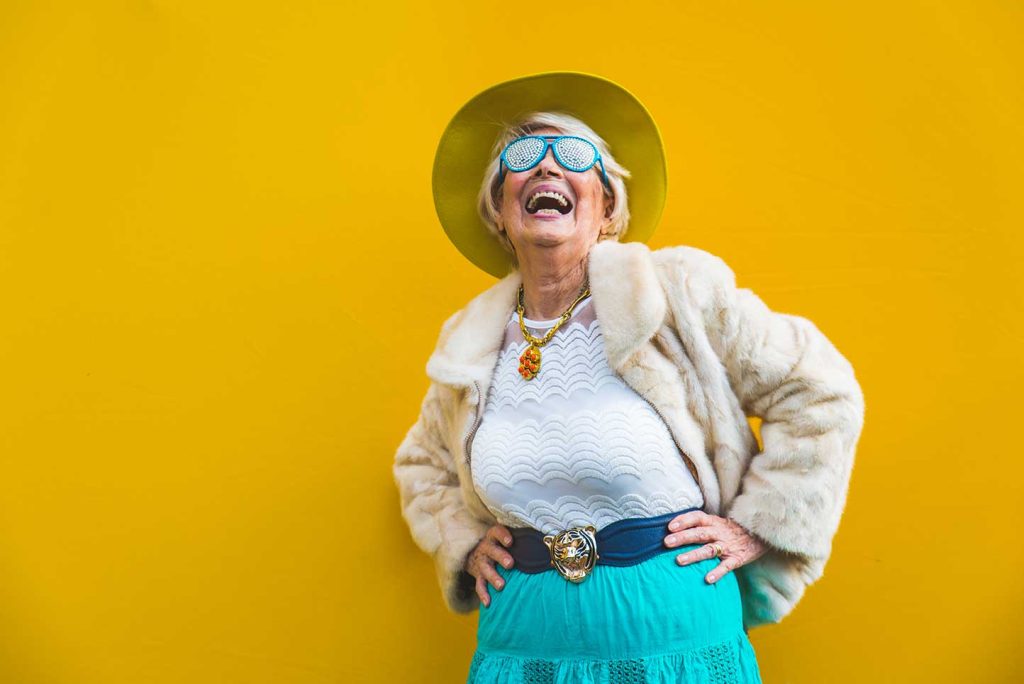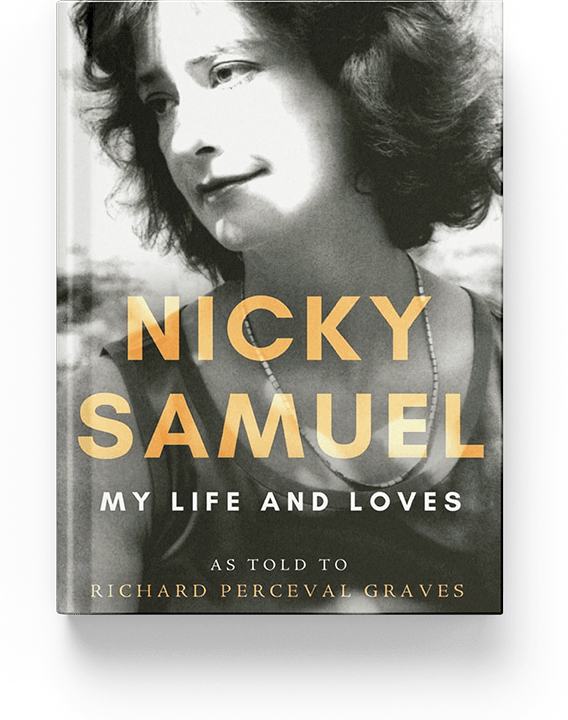

London fashion boutique
Granny Takes a Trip
At the very beginning of the Sixties, the World’s End area of Chelsea, London, was perceived as unloved and unfashionable. Thanks in no small part to the team behind Granny Takes a Trip, by the end of the decade the area would become a thriving community of fashion boutiques, frequented by the likes of Jimi Hendrix and The Beatles. Other notable examples included Hung On You and Dandie Fashions (which for a few months was known as Apple Tailoring, and run by The Beatles).
Granny Takes a Trip opened in 1965, owned and run by John Pearse, Nigel Waymouth, and his girlfriend Sheila Cohen. Initially the shop was intended as a way to offload some of Sheila Cohen’s collection of antique clothing, but John Pearse also provided tailoring services (he had trained on Savile Row).
The name Granny Takes a Trip served as an explanation of the style of the clothing: it sold antique pieces, particularly of an Art Nouveau provenance, which also fitted the LSD-heavy counterculture of the time. In addition to antique clothing, they also sold one-of-a-kind pieces, often in material bought from Liberty or sourced from other vintage markets.
This aesthetic came to be known as peacock or dandy, subtly distinct from hippies and beatniks (which would later come to cause some tension between the original three owners). It was heavily influenced by fin-de-siècle icons such as Oscar Wilde. The shop was also, unusually for the time, totally unisex. Many of its customers were also what would now be termed LGBTQ+, but at the time were generally simply referred to as homosexual.
Velvet, silk, flowery prints, flowing fabrics and lace were all prominent features of the clothes at Granny Takes a Trip. The shop was responsible for many iconic fashion statements from leading cultural figures of the decade. At least three members of The Beatles – John Lennon, Paul McCartney, and George Harrison – had Morris print jackets from there, which were coveted by fans of their music and of their fashion alike. However, according to Pearse, they never took the opportunity to sell reproductions of famous pieces. “People would come in and say, ‘Oh, can I have a shirt like Lennon had?’ ‘Well, no you can’t, we’re not making them anymore.’”[1] The purpose of Granny Takes a Trip was never to be a commercial success.
In addition to the clothes, the shop itself was a sight to behold. The exterior changed frequently, which murals that covered the entire façade at times. Notable examples were portraits of Native American chieftains Low Dog and Kicking Bear, which gave way to a pop-art image of Jean Harlow. This reached a culmination when John Pearse left the country in 1968; he sawed his 1948 Dodge Charger in half and welded the front to the shop’s front, giving the impression it had crashed through from the inside. Even this changed frequently – the whole front, car and all, was variously painted bright yellow and bright purple.
The interior of the shop was just as lavishly decorated. At various times, it was painted entirely purple (including the telephone), covered in marbled wallpaper, or in Art Nouveau-inspired posters designed by Waymouth. A Wurlitzer organ played psychedelic music from the back of the shop. The scent of incense and patchouli hung heavy in the air to the point of being overwhelming. The windows rarely showed what was inside, creating an air of mystique that only drove more people to visit – and visit they did. Granny Takes a Trip became a must-see destination for fashion enthusiasts from around the globe, not to mention the dandies and peacocks who lived more locally.
However, as the decade progressed, the original trio began to move into other fields. Pearse in particular disliked the hippy direction the shop was taking, and emigrated to Italy to work in theatre in 1968. Waymouth by the end of the 60s had achieved considerable success with his poster design (in collaboration with Michael English together under the name Hapshash and the Magic Coat), and so he and Cohen sold the shop to Freddie Hornik in 1969.
Hornik would keep the shop running, though he took the style in a new direction which became more glam rock – still plenty of velvet, but this time encrusted with rhinestones and often paired with stacked platform shoes. The clientele was no less star-studded, with clothes sold to the likes of Rod Stewart and members of the Rolling Stones. However, Hornik in turn sold it on in 1974 to Byron Hector, who moved the shop from its original premises to a location further along Kings Road which eventually closed permanently in 1979.
Today, John Pearse still operates as a tailor on Savile Row, while Nigel Waymouth is an artist and photographer. Sheila Cohen’s whereabouts are unknown, and Freddie Hornik passed away in 2009.
The impact of Granny Takes a Trip on Swinging London cannot be overstated. It was the vanguard for so many boutiques which defined the fashion of the era. Despite only operating for a few years in its original form, the shop and the team behind it created genuinely iconic clothes which are still remembered today as the epitome of the Swinging Sixties.
[1] https://www.uncut.co.uk/features/try-tune-drop-story-granny-takes-trip-londons-psychedelic-tailors-102789/

![nicky-samuel Portrait photograph of Nicky Samuel Waymouth [date unknown]](https://www.theswinging60s.com/wp-content/uploads/2021/06/nicky-samuel-300x198.jpg)

